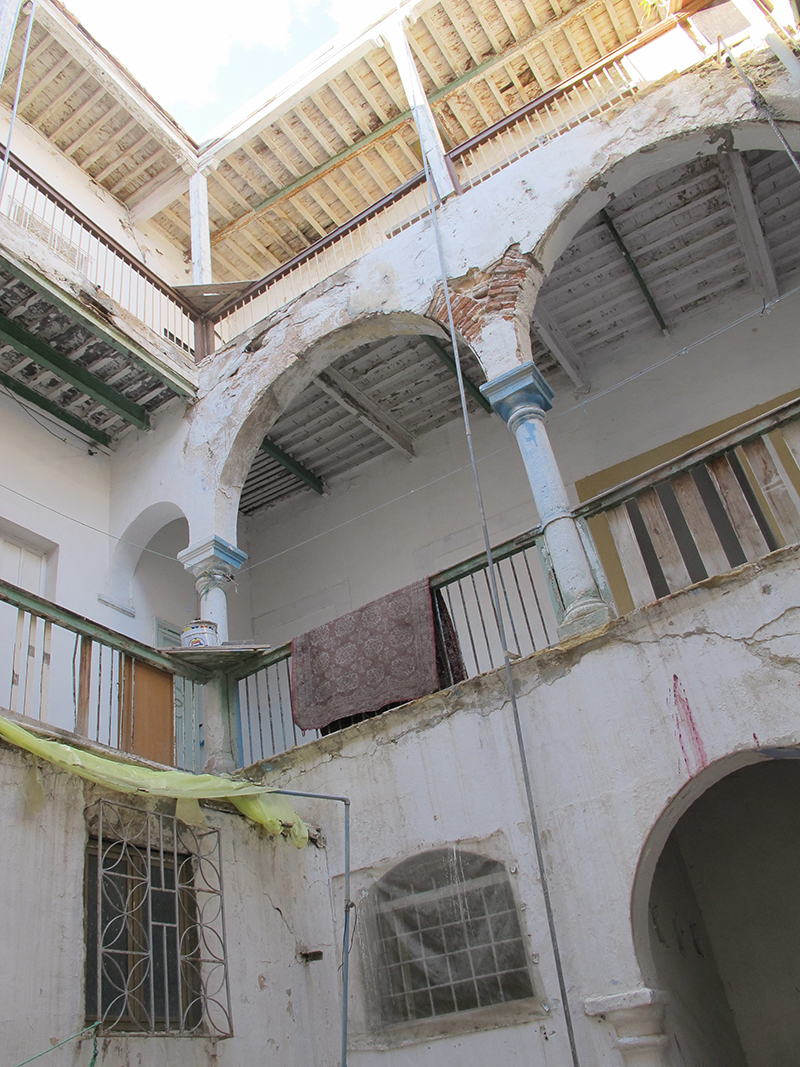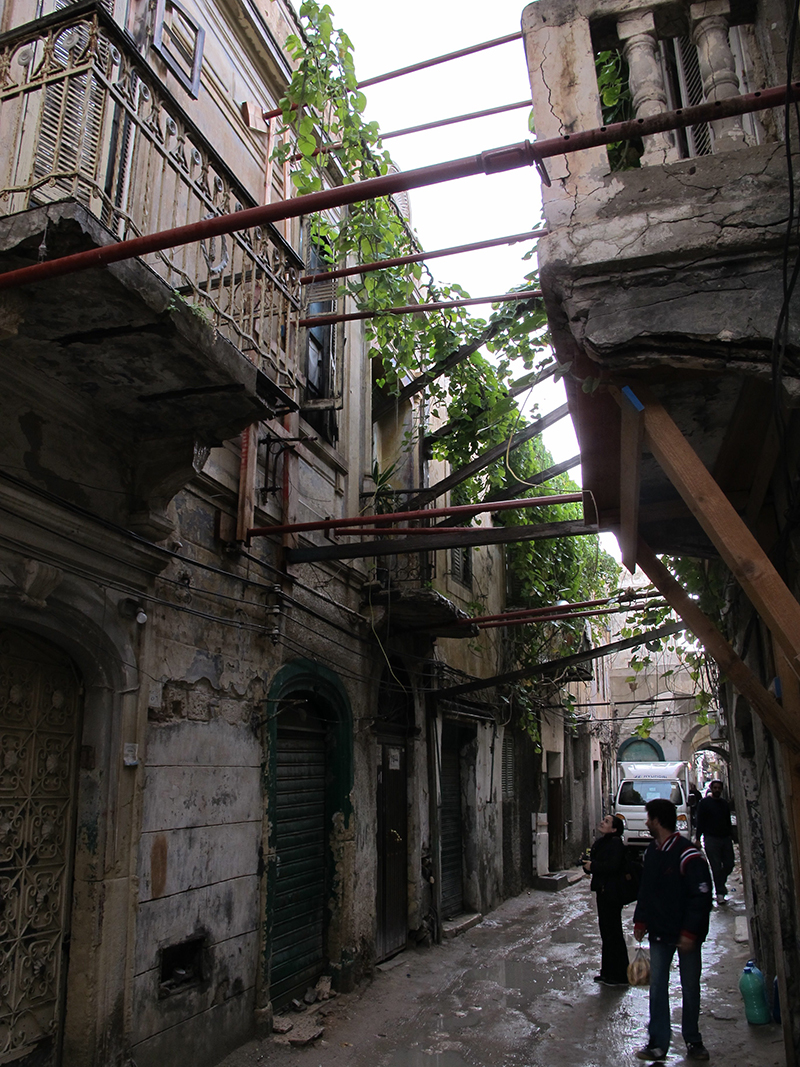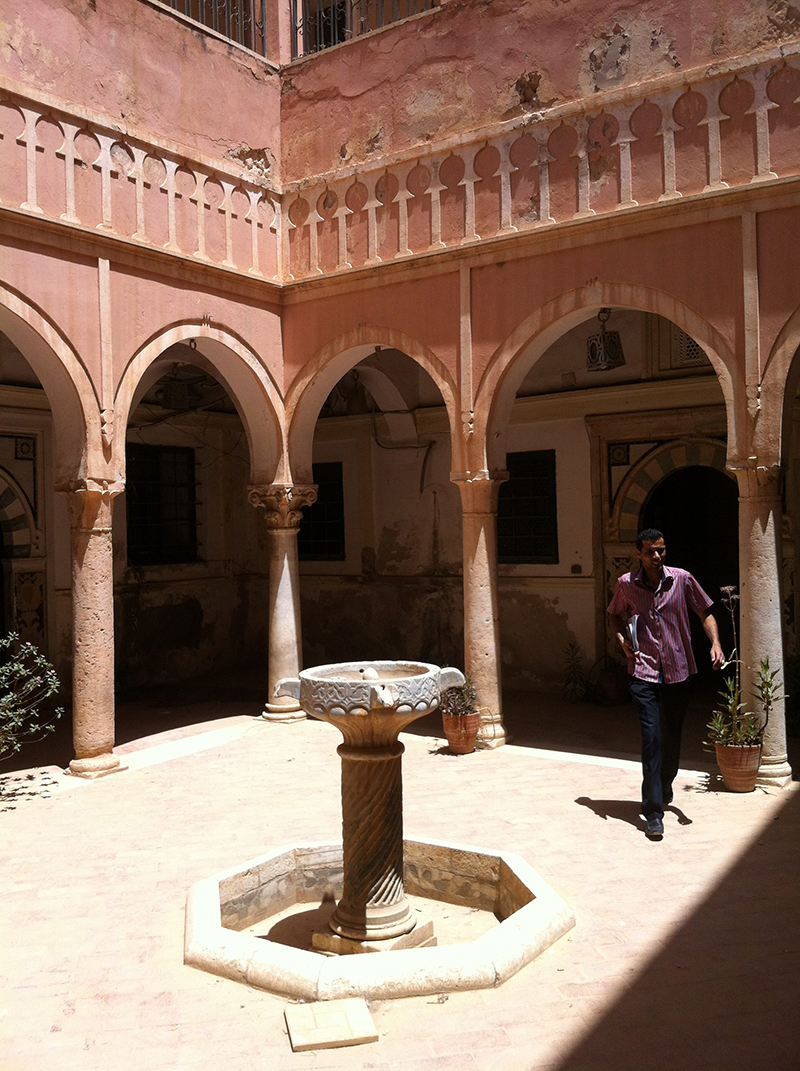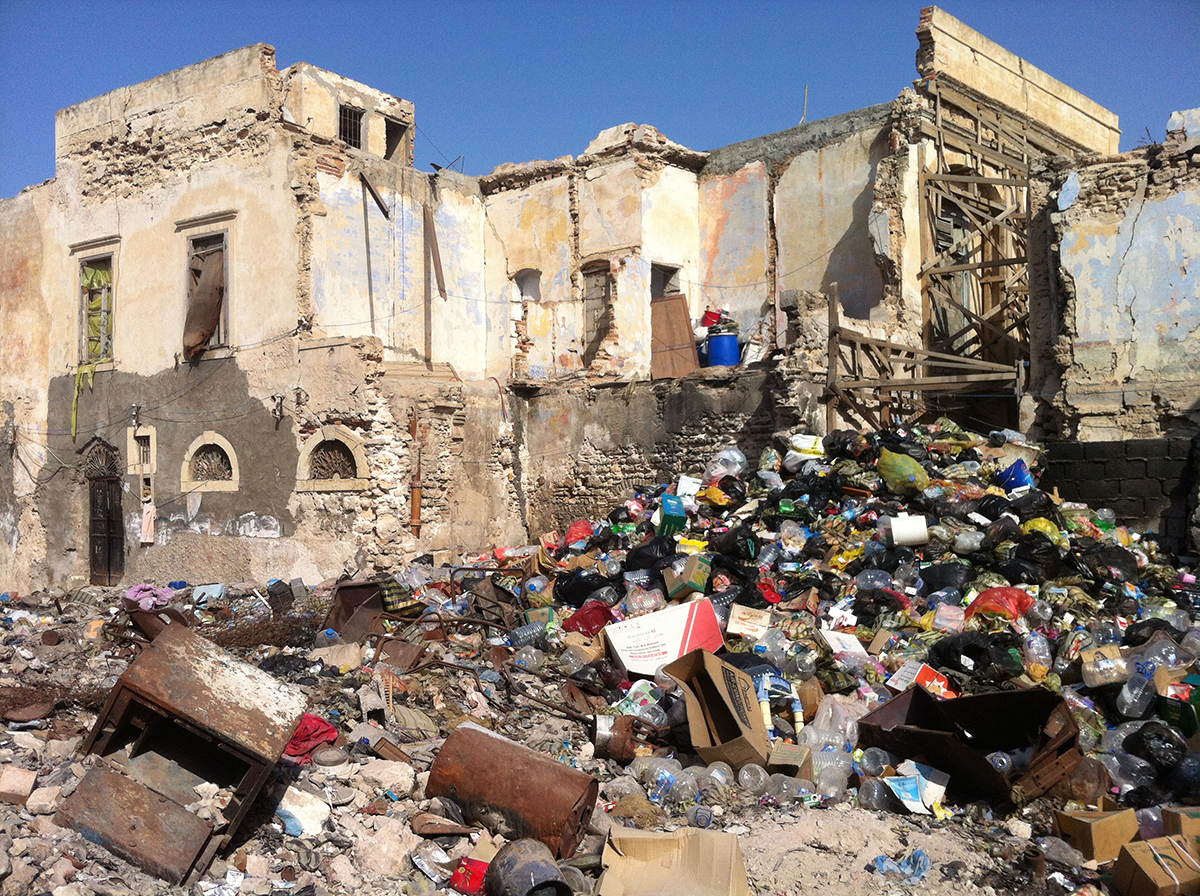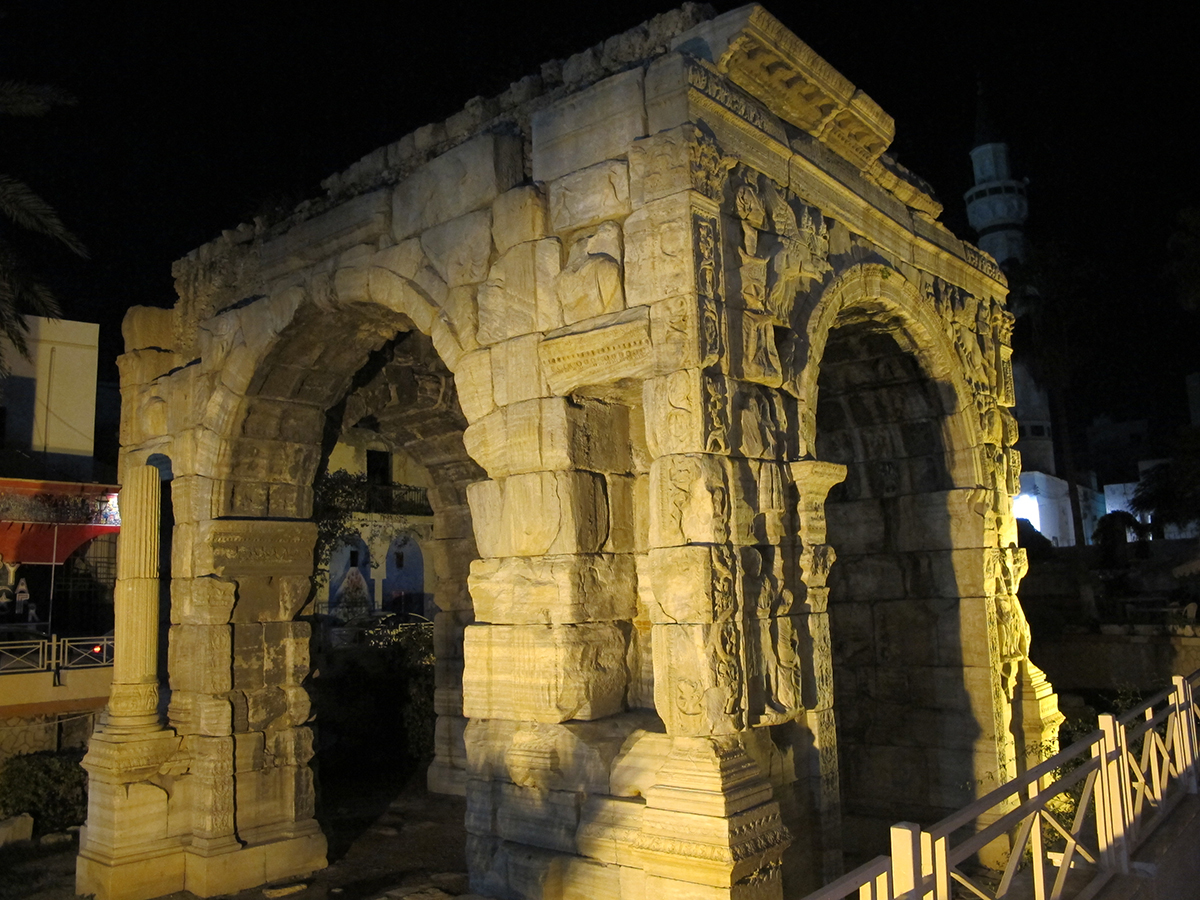


UPDATE: OLD CITY OF TRIPOLI
U. S. DEPT. COOPERATION AGREEMENT NUMBER: S-IZ-100-17-CA021
BY Will Raynolds
* This report is based on research conducted by the “Safeguarding the Heritage of the Near East Initiative,” funded by the US Department of State. Monthly reports reflect reporting from a variety of sources and may contain unverified material. As such, they should be treated as preliminary and subject to change.
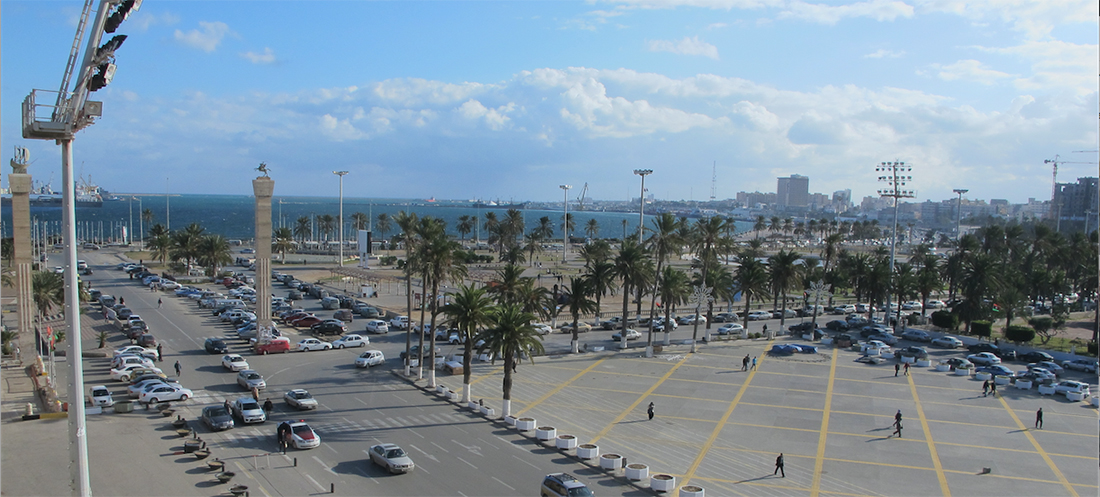
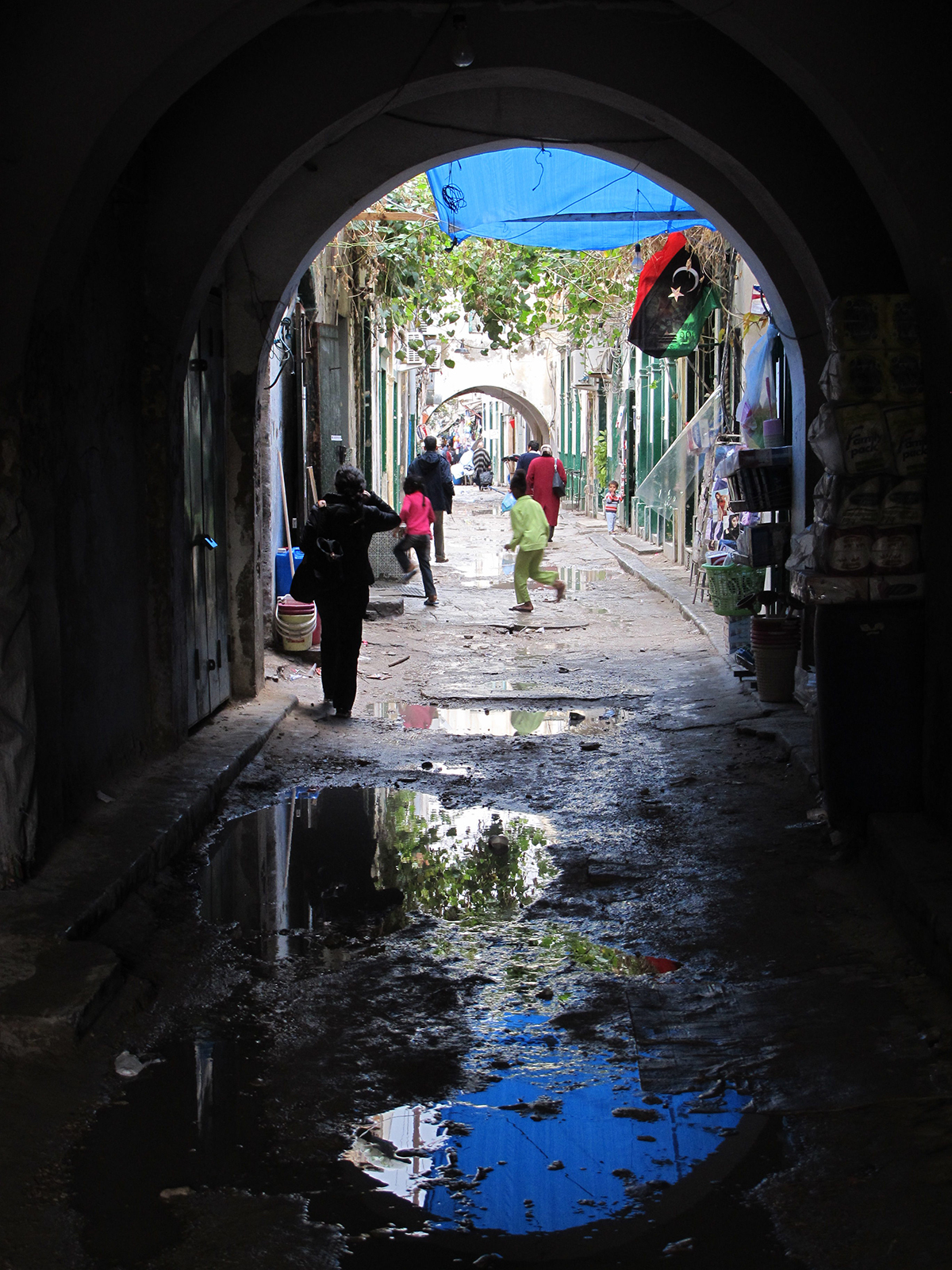
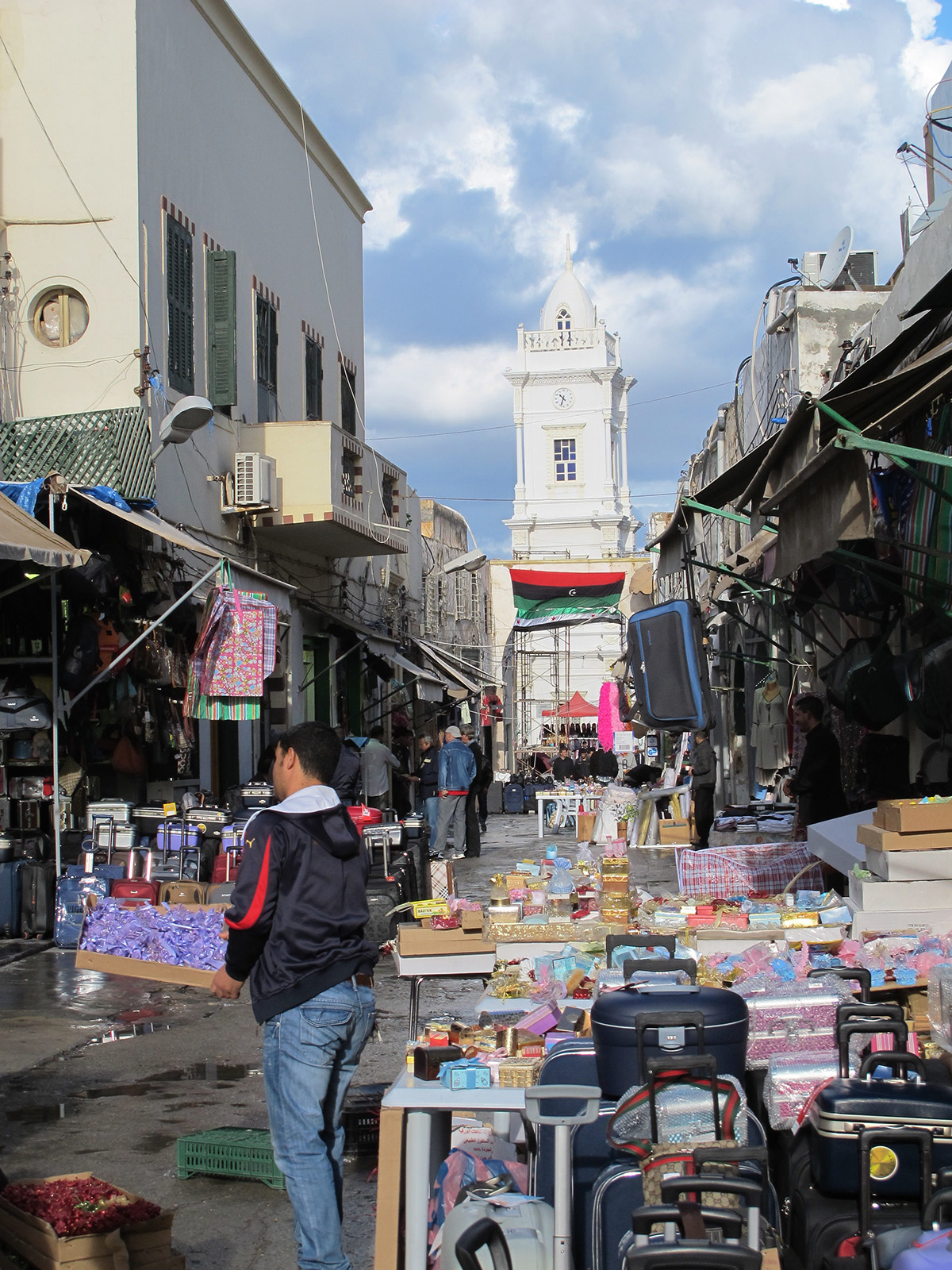
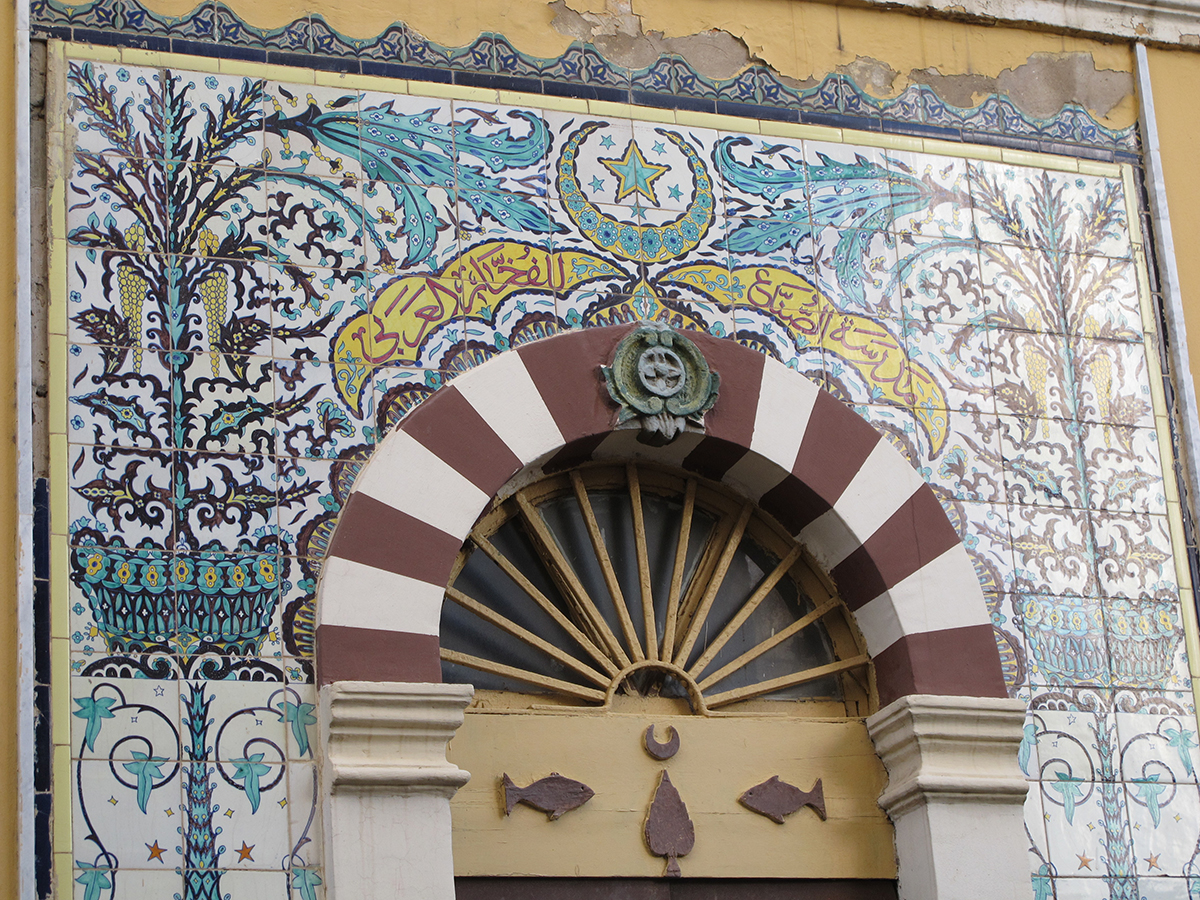
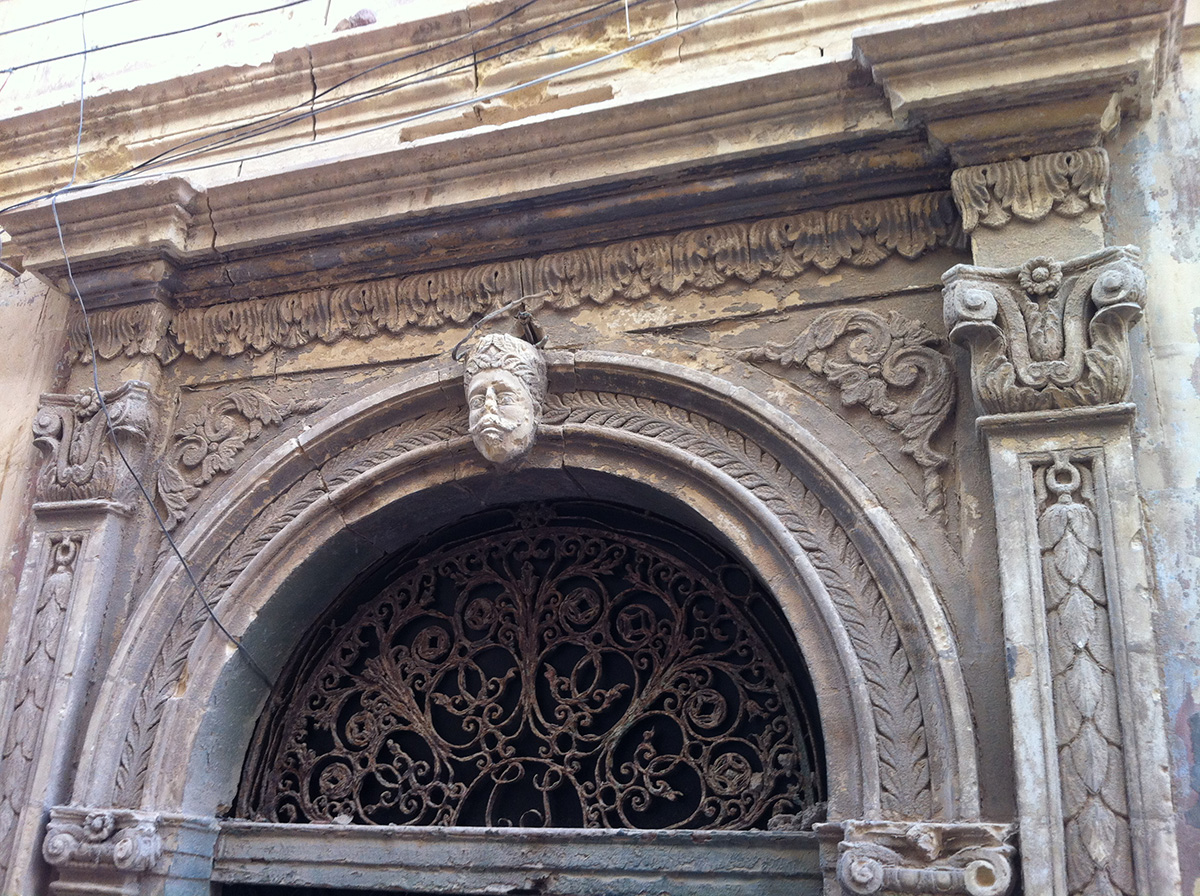
According to the General Director of the Historic Cities Authority, Assadik Ergeg, a general lack of awareness on the part of residents of Tripoli as well as the complete lack of enforcement on the part of local security forces have both contributed to a permissive atmosphere in which these violations have occurred.
Beyond calling greater attention to the threats facing the Old City and working more closely with the security forces of Tripoli to try to put a stop to this illegal cycle of demolition and construction, the HCA currently seeks assistance. The HCA seeks outside expertise to help train staff and volunteers so that they are better able to map and monitor the condition of historic cities throughout Libya, mounting a more convincing response to the challenges in Tripoli identified in this report as well as the more acute need in the Old City of Benghazi, which has been heavily damaged by the past three years of fighting (see ASOR CHI Special Report on the Old City of Benghazi). Following such training, the HCA plans to identify priority stabilization and conservation projects and create work plans so that these projects can be implemented when funding from internal and external sources becomes available.
